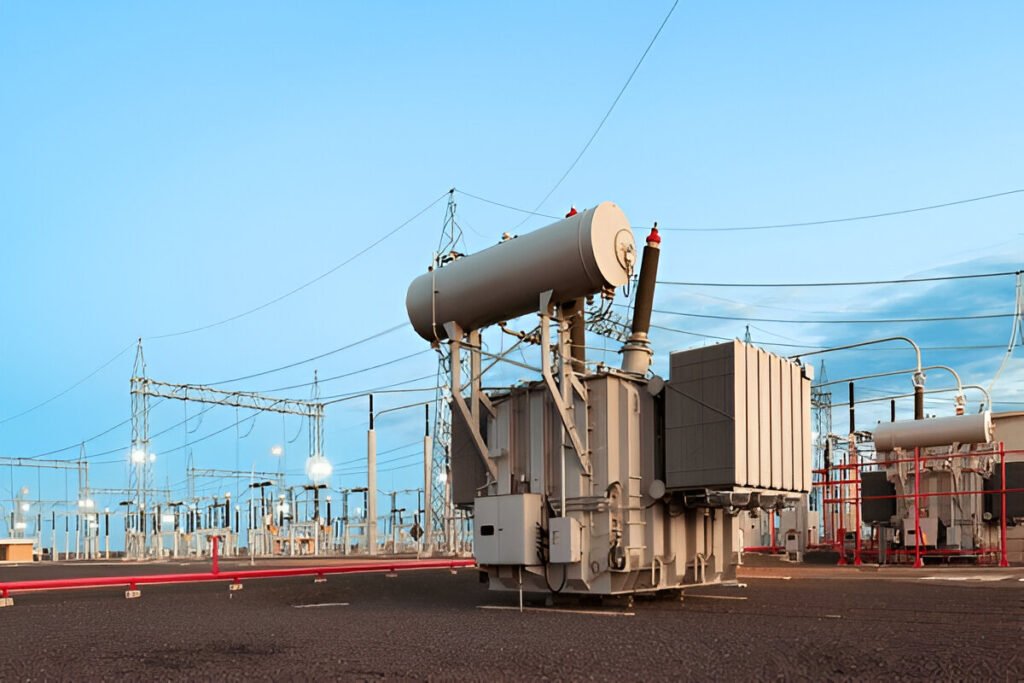What Is the Difference Between Converter and Inverter
Maximize your power efficiency by understanding how converters and inverters serve distinct roles in voltage transformation systems.
Read More
Checking the earth resistance of a transformer is a critical safety and performance test. Proper testing ensures the transformer is adequately grounded to prevent dangerous fault currents and overvoltages.
The following steps outline the process for measuring transformer earth resistance using the fall-of-potential method, the most common and accurate testing approach.

To perform an earth resistance test on a transformer, you will need the following equipment:
Ensure the earth resistance tester is in good working condition and has been calibrated according to the manufacturer’s recommendations. Check that the test leads are free of any damage and make a strong connection.
Before conducting any testing, the transformer must be completely de-energized and isolated from the power system. Follow proper lockout/tagout procedures per safety protocols.
Confirm the transformer is de-energized using a voltage detector at the transformer terminals and any connected points. Discharge any residual voltage in the windings to earth using a grounding stick.
Disconnect any existing ground connections from the transformer tank or neutral bushing. The resistance measurement should be of the transformer grounding alone, without influence from other grounded equipment.
The fall-of-potential test involves passing a current between an earth electrode and a probe, then measuring the voltage between the electrode and a second probe. Multiple voltage measurements are taken as the second probe is moved in a straight line away from the ground electrode under test.
To set up:
Keep the test leads separated to avoid electromagnetic interference. The current probe should be far enough to be outside the transformer’s sphere of influence, which is related to the grounding system design and soil resistivity.
With the fall-of-potential test set up, you are ready to take resistance measurements at various probe spacings. Most digital ground meters will automatically calculate resistance after running the test current.
If the resistance continually increases with distance and does not peak, the current probe (C) is likely too close and should be moved farther away. Retest with a wider probe spacing if needed.
Compare the measured transformer earth resistance to the maximum allowable values per applicable industry standards, such as:
The grounding system should be designed to meet the most stringent requirements for the installation. If the resistance exceeds acceptable limits, further investigation and mitigation is needed, such as:
Document the final earth resistance measurements for the transformer. Repeat the test periodically per maintenance schedules or after any significant changes to the grounding system.
After completing the earth resistance testing, restore all grounding connections to their original configuration. Remove any temporary test leads or equipment.
Recheck that the transformer grounding matches the system drawings. Ensure all connections are tight and protected from corrosion.
Confirm the transformer is ready to be put back into service. Close up any enclosures and remove lockout/tagout devices per safety procedures. Re-energize the transformer from its power source.
Monitor the transformer during initial re-energization and note any unusual sounds, smells or readings. Conduct any other required commissioning tests before returning the transformer to full operation.